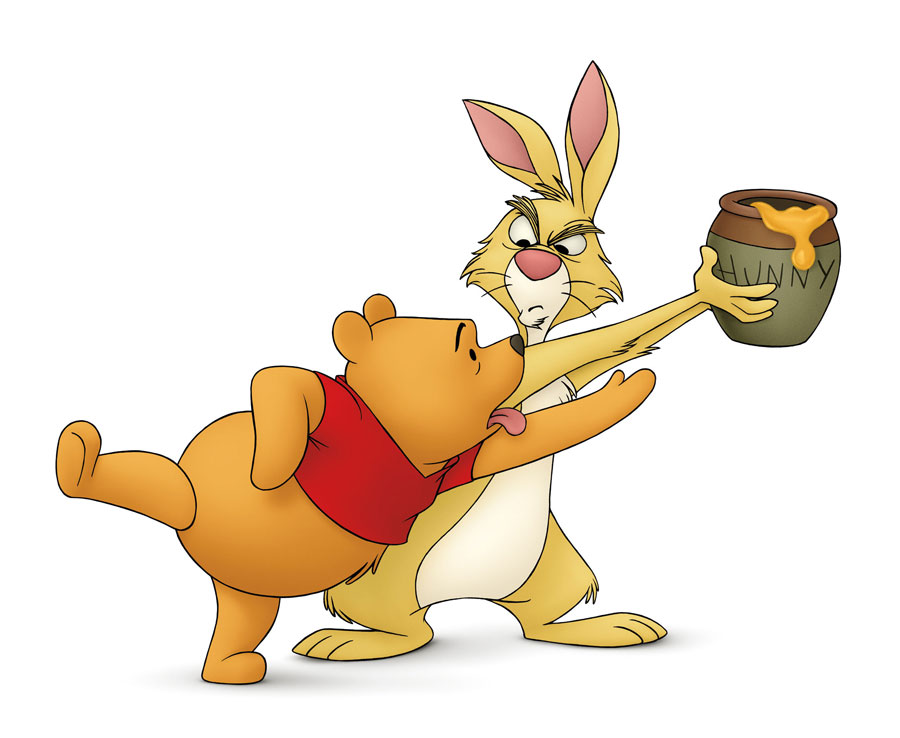“Do you know why you shouldn’t worry about the world ending on December 21st?”
“No, why?”
“Because in Australia its already tomorrow.”
I heard this conversation between two brothers on the plane right home for the holidays. Although articulated in a simple fashion the older brother was getting at a very profound point about the substance of the world. If it is already tomorrow in Australia, that means that December 21st would arrive there before it came here and it is illogical that the world would destruct sequentially, beginning at the international dateline and proceeding around, because all parts of the world share the same substance. All the Earth’s countries are really aspects of a whole that on the level of existence or non-existence cannot be separated.
Consider the body in the same light. A slight chemical imbalance in an isolated area of the brain changes the demeanor of the entire person and sometimes his or her ability to communicate, fashion of moving etc…. A cramp in a muscle prevents the entire runner from finishing the race. A damaged nerve paralyzes. Every part is just as much the whole as the whole is because it is all of the same substance. Connection renders the parts inseparable.
So also, with our relationships to others and to our environment. In 21st century life I imagine it would be challenging to describe my experience of my life and my self without addressing technology, my family and friends, my place. All of these have bearing on the development of my self and I on the beings of all those other things and so we become a whole. Now imagine in my place all the others that stood before me establishing it in the ways it would influence me and preparing the place to be influenced by me. Imagine all the people who my family and friends know. They say only 6 degrees of freedom separate any two people on this planet of 4.7 billion and our interconnectedness establishes a whole. What if we thought of politics in this way?
I started saying all the countries of the Earth and all the limbs of the body are whole because they are of the same substance. What then, is the substance that we all share in our connections that makes humanity whole? I tend my connection to all those places, things, and people like precious plants in my garden because I am fond of them. Our substance is love. I am sure of it.


 Consider your models. Yoga is a great practice to train the minds’ attention in cooperation with embodied activity, but the how and the why of the activity are important too. The mindfulness purpose of yoga that exists as it was originally practiced in eastern cultures has been distorted for the purposes of exercise or a dieting tool or increasing flexibility.
Consider your models. Yoga is a great practice to train the minds’ attention in cooperation with embodied activity, but the how and the why of the activity are important too. The mindfulness purpose of yoga that exists as it was originally practiced in eastern cultures has been distorted for the purposes of exercise or a dieting tool or increasing flexibility.


